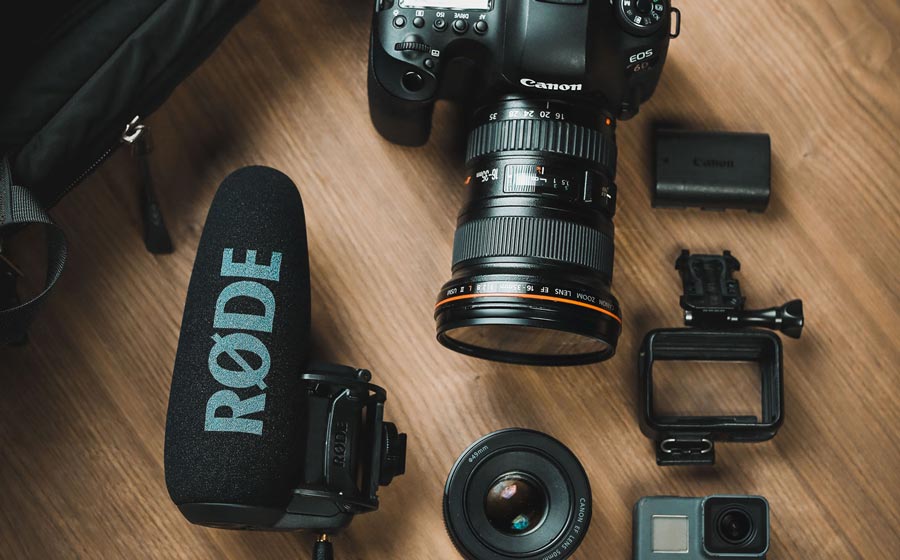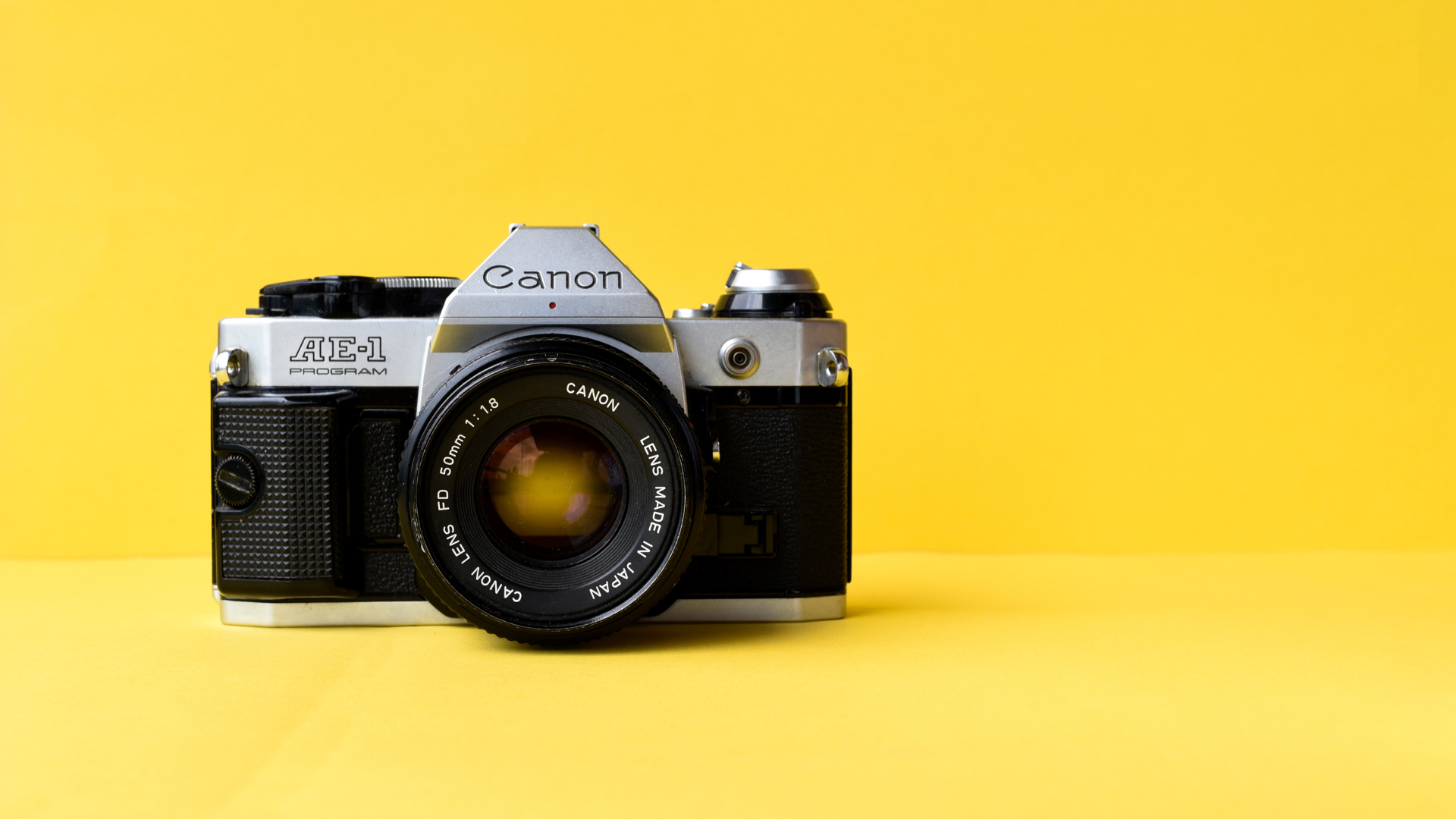There is no doubt that digital photography has made it easier to take the worst pictures and then to forget that they ever existed, but we still want something good to show for our efforts. So, let us consider 5 ways that give the photographer the edge when trying to capture the best shots with a portable hand-held camera. Although I could give you lots of great tips for photographers I think the most important one is that you must build a strong relationship with your clients. I’ve done a few boudoir shoots in the past and this tip was particularly important. Even if you’re a good photographer, you need to be good with people too! Anyway, here are some of my best camera-related tips!
Consider the Lighting
Lighting is not just something that is dependent on the time of day, it is something that you can control. You can determine the amount of flash to use. If you turn off the automatic flash, then you take charge of the lighting. Often it is light enough even indoors, if there is plenty of natural light coming in through the window. It is just a habit many of the older generation have got into, to always use a flash indoors.
White Balance
White balance is something that many of us never even give a first thought to, let alone a second one. It can be described as the process of eliminating unrealistic colour casts. These are tints of colours that are unwanted in a photographic image. Certain lighting can cause digital or film cameras to capture these unwanted tints. For the best image, you will want to eliminate them, particularly the neutral colours. A good white balance will take note of colour temperature in relation to a light source. That is, the coolness (blue tint) or warmth (orange tint) of light. It sounds technical but cameras have settings which will adjust white balance for you, if you select them. The purpose is to have an image appear natural.
Holding
Unless using a tripod, hold the camera close to you to steady it. This will help prevent camera shake and burred images. Another tip for combatting inadvertent camera shake would be to select a faster shutter speed. In addition, when without a tripod, you could use other objects around for support, such as placing the camera on top of a stack of books to gain some height for a different photographing position. Different heights and camera angles can be particularly useful when trying to avoid a shadow mark appearing on a photograph in just the wrong place. Camera flash occurs when you are taking a surface that reflects. I can recall taking a CD inlay out of its case to photograph it so that I eliminated the reflection from its clear plastic case. This alternative approach may not always be possible if an item is by its very nature all reflective.
Background
Consider plain backgrounds that help show off the objects within your photograph better. A busy background can distract from what you want the person viewing the photograph, if not you, to focus on. For this reason, white backgrounds are often used for photographing objects for catalogues and internet auction sites.
Manuals
It is important to read the manual to get the best out of your camera. The trend today is for there not to be much of a manual because instructions are accessible online or there are helplines to ring. A good tip is to watch, for example YouTube clips, of others using the camera. This will give you a visual as well as descriptive demonstration. Something that you are struggling to master is likely to be something another person has had trouble understanding, too. Another point about manuals is that they often cover several models of camera, whereas an online demonstration can be for your specific model.
Compare the Work of Others
Try comparing your photography with the work of the professionals to see how it differs. You can find their images in glossy magazines. Can you work out why they have photographed their subject in the way that they have? The very thought process of trying to get into the mind of the professional and think what considerations they have given to their composition can reveal many tips. Think about camera angles and lighting. Where they might have stood to take the photograph. Whether any effects have been used, either at the time of photography or in the production of the final image.
So, a few pointers here. Just one more thing to add, and that is, that the more you photograph the better you will get at it. The reason for this is that you can then see everything that you did wrong from the many images that you have taken, not to make the same mistakes again.



